Nakayama is in between Narita And Haneda International Airport
<クッキーについての同意並び欧州居住者向けプライバシーポリシー>
中山・下総・散歩道
A Walk On Ichinoe Sakaigawa Shinsui Koen Park
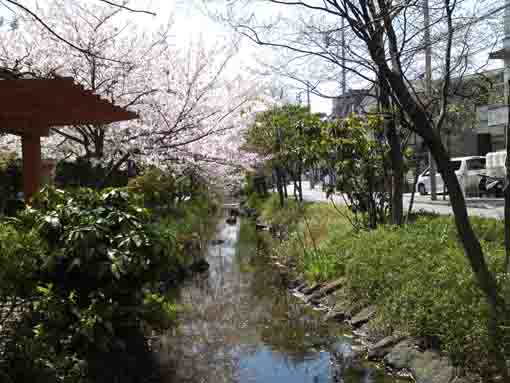
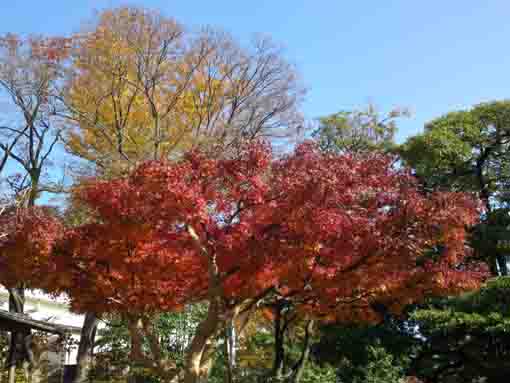
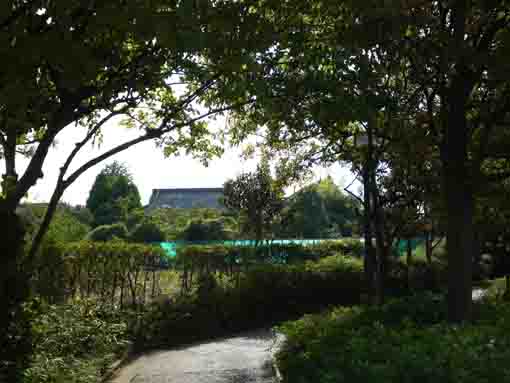
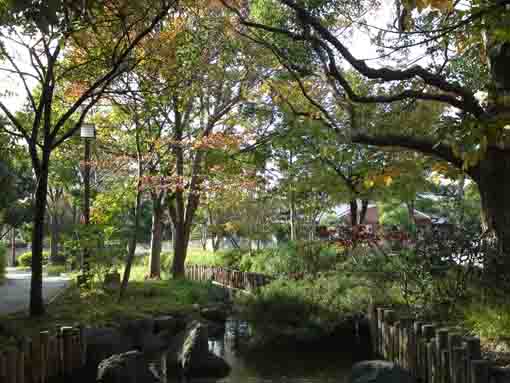
Ichinoe Sakaigawa Shinsui (water) Koen Park opend along the river is a wonderful water park that visitors could enjoy walking on. Sakura and pretty flowers bloom in spring, kids play in three water spaces in summer, many kinds of colored leaves sparklingly decorate the park in fall and narcissuses and camellias bloom in winter. And visitors could know the history of this area since there are the railroad of Joto Densha (Joto Electric Train), Ichinoe Makkotei Residence, shrines and temples along the water park.
Ichinoe Sakaigawa Water Park is the wonderful park where you could feel the changing seasons and could know the history. Why don't you visit the park along Ichinoe Sakaigawa River?
Ichinoe Sakaigawa Shinsui Koen Park
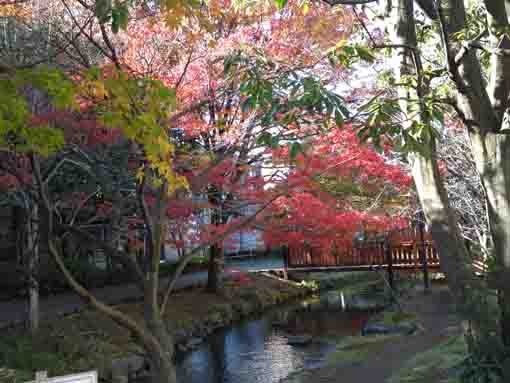
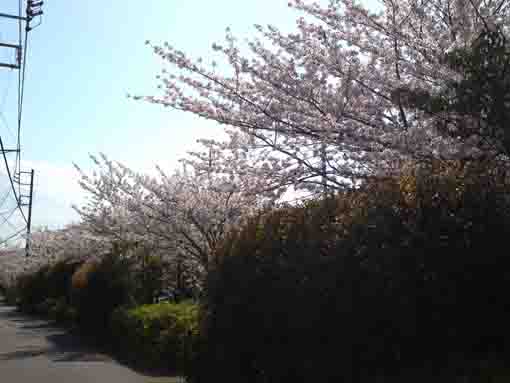
The history of Ichinoe Sakaigawa
Ichinoe Sakaigawa River was named because it has flown on the boarders between Higasi Ichinoe and Nishi Ichinoe Village. (Sakaigawa means the river lay on the boarder.) The areas' names 'Higashi Ichinoe' and 'Nishi Ichinoe' was recorded on the book 'Kasai Mikuriya Chumon' published in 1398. Ichinoe Sakaigawa River is a natural river, after Nakaibori Canal was completed it connected to the canal in the middle of Edo period. The river was not only for irrigation but also for transportation. At that time, villagers lived in Higashi Ichinoe, Nishi Ichinoe, Shinbori, Shishibone and Ichinoe Shinden organized a union to clean the river. When the urbanization had rapidly improved in 1950's, sewage from residents drained into it and the water of the river was polluted. After drains was built in this area, the role as the drainage canal had finished, and it came back to as the water park.April 1995
Edogawaku
一之江境川親水公園沿道案内板より
引用、抜粋並びに参考
一之江境川親水公園沿道案内板
江戸川区ホームページ
Ichinoe Sakaigawa Water Park in Spring and Fall
Cherry Blossoms along Ichinoe Sakaigawa Water Park
There are 3.2 kilo-meters long lined cherry trees along the river.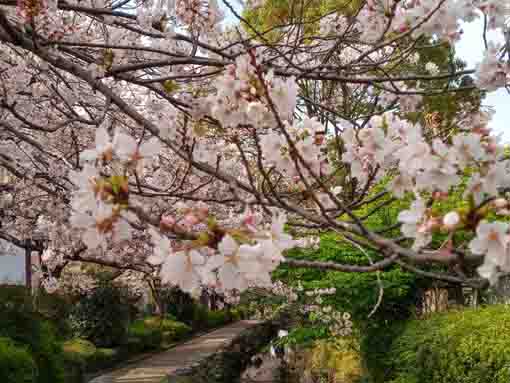
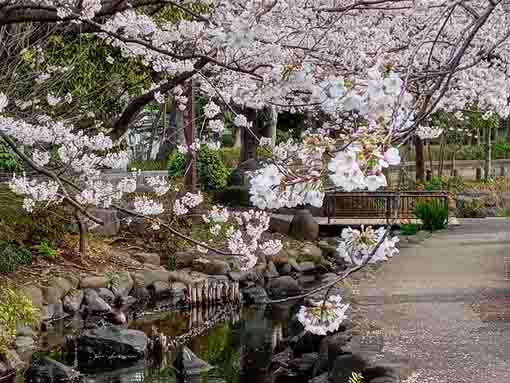
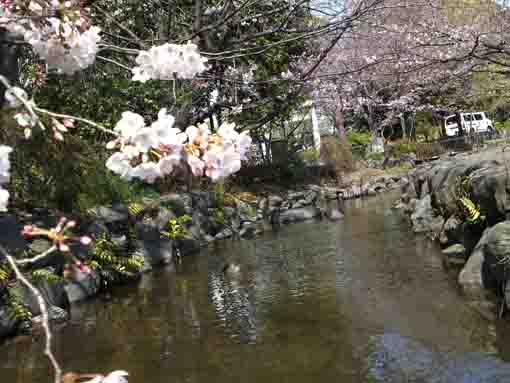
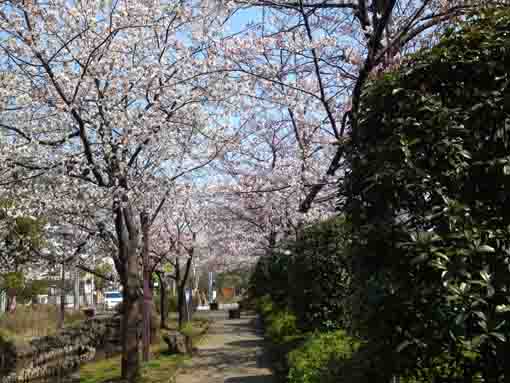
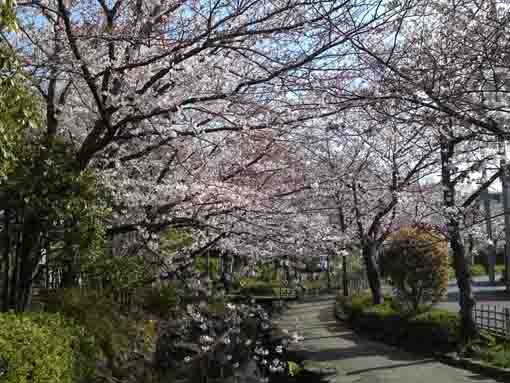
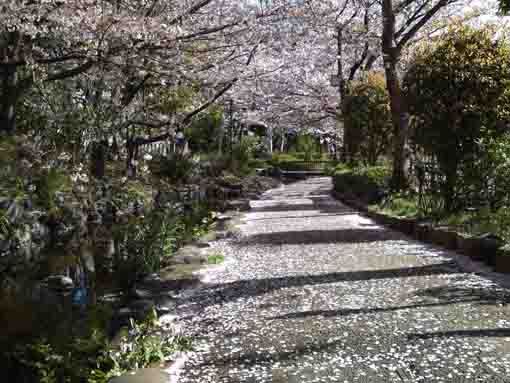
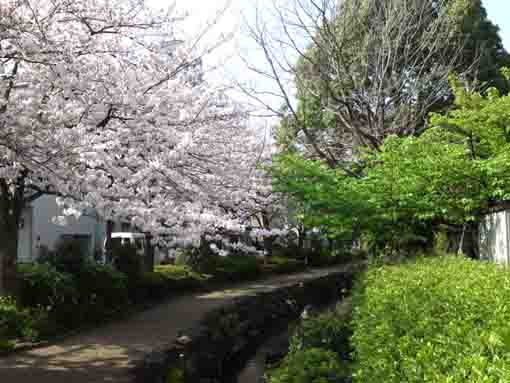
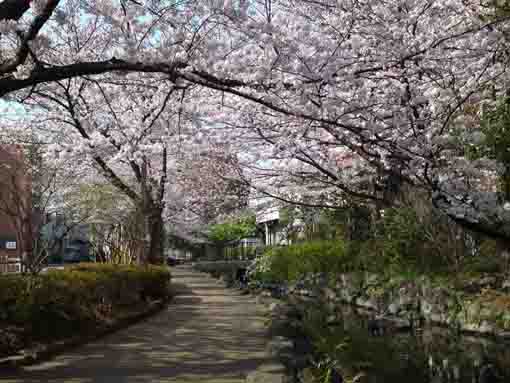
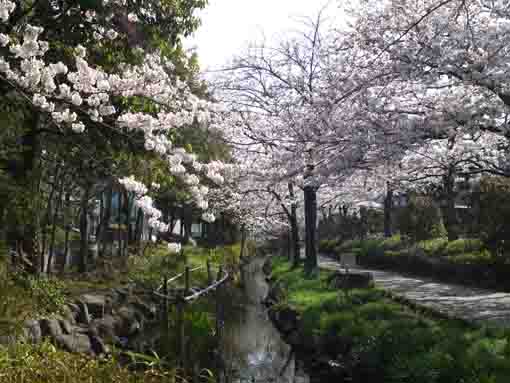
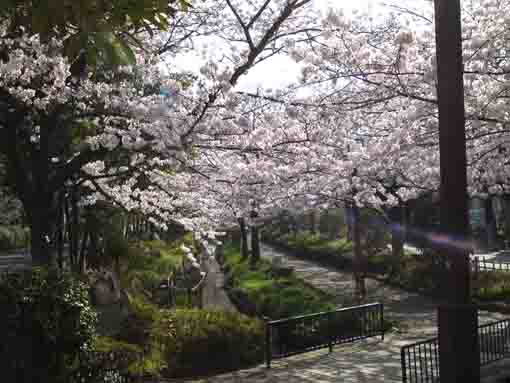
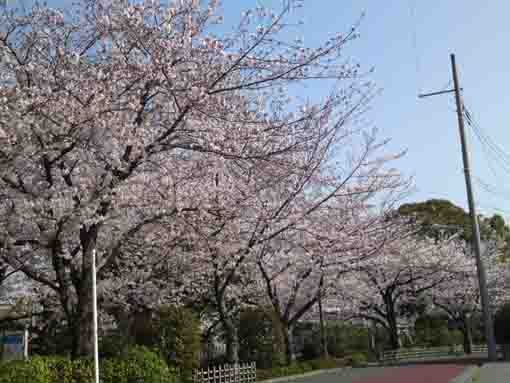
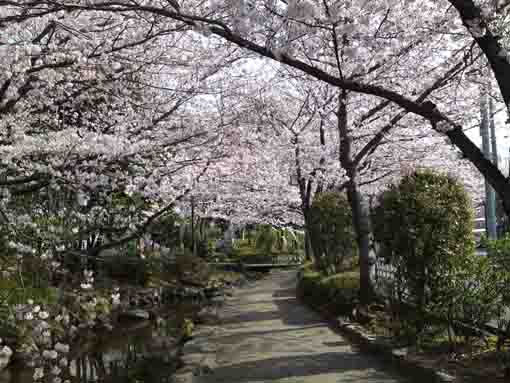
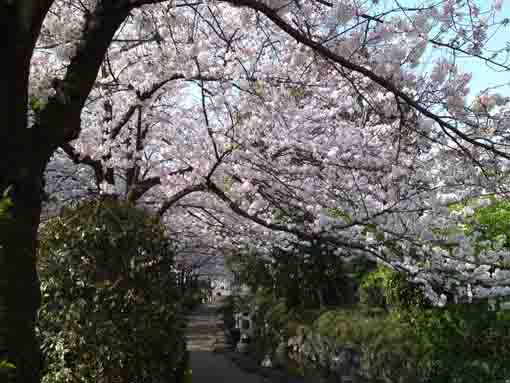
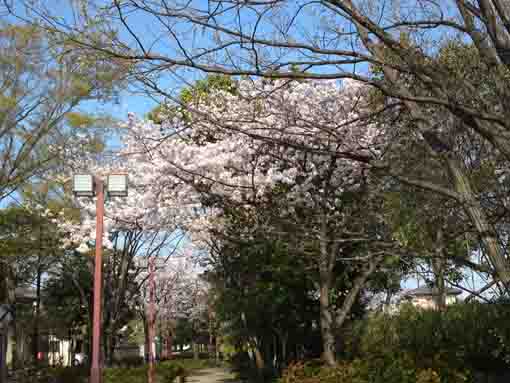
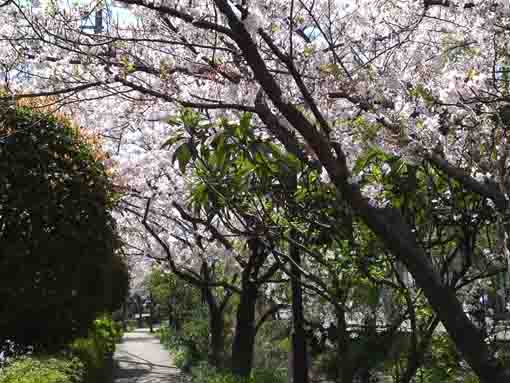

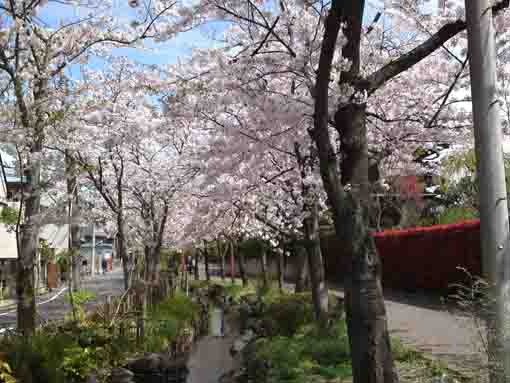
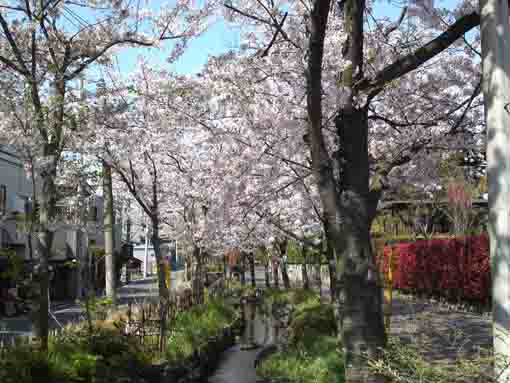
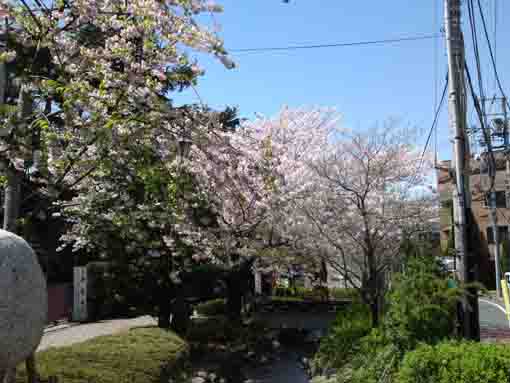

Early summer in Ichinoe Sakaigawa Water Park
There are thousands of azaleas and dogwoods flowers beautifully blooming along the river and the paths in Ichinoe Sakaigawa Water Park in early summer.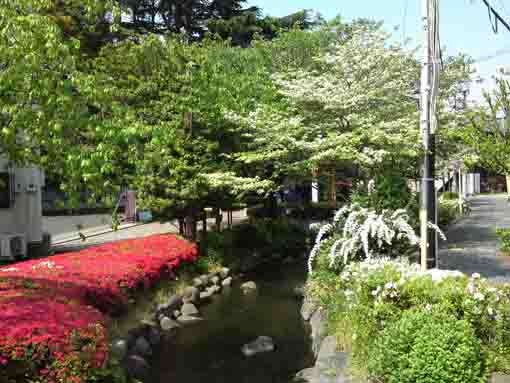
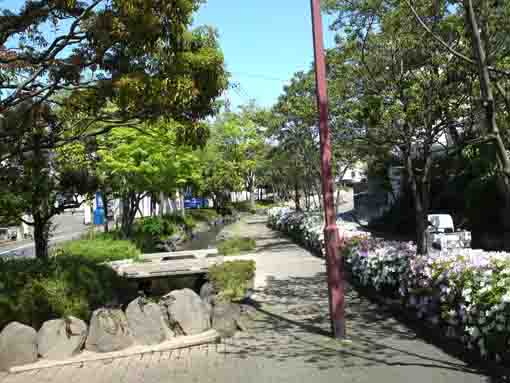
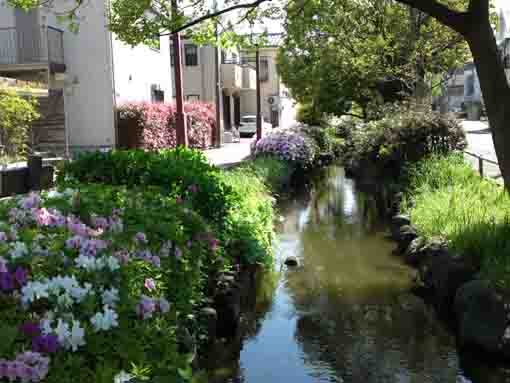
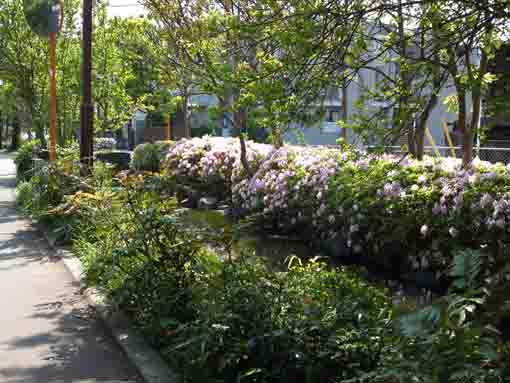
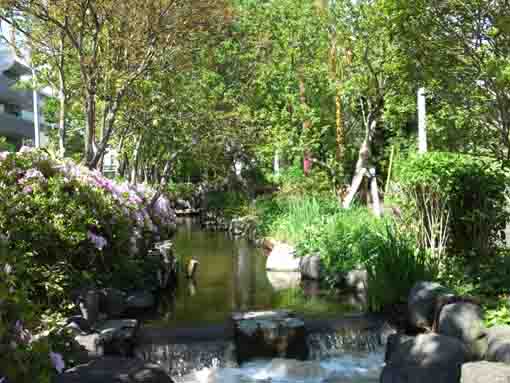
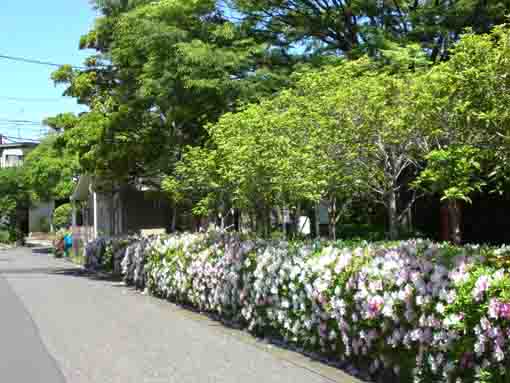
Late Summer in Ichinoe Sakaigawa Water Park
About the Autumnal Equinox Day, some autumnal flowers bloom along the spring in the park, many fragrant olive blosssoms bloom along the path and cluster amaryllis bloom beside the water.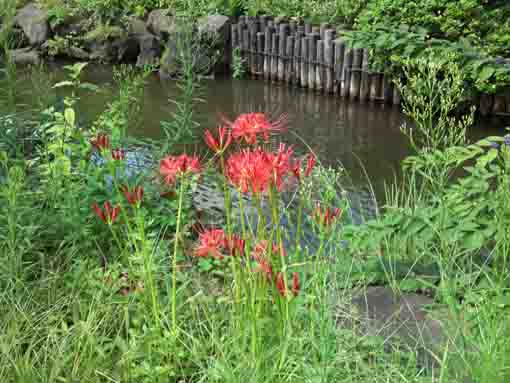
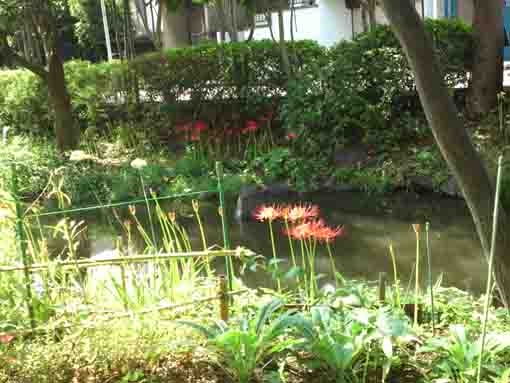
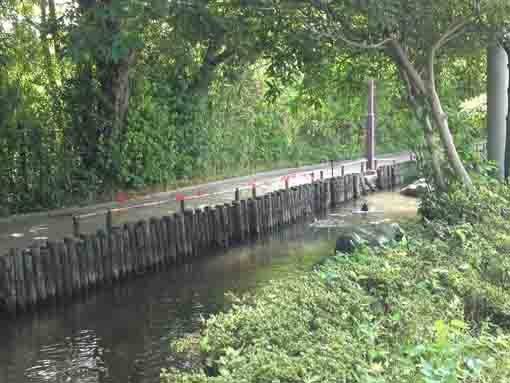
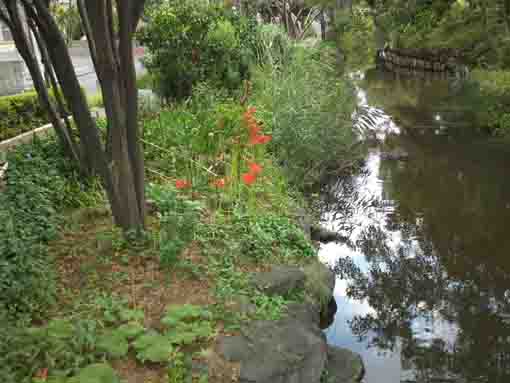
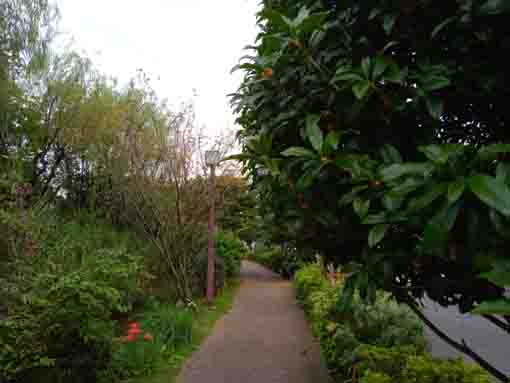
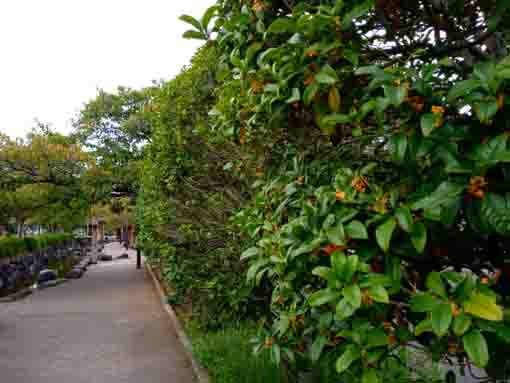
Colored Leaves along Ichinoe Sakaigawa Water Park
Colored leaves on several kinds of trees planted on along the river chang the views every day.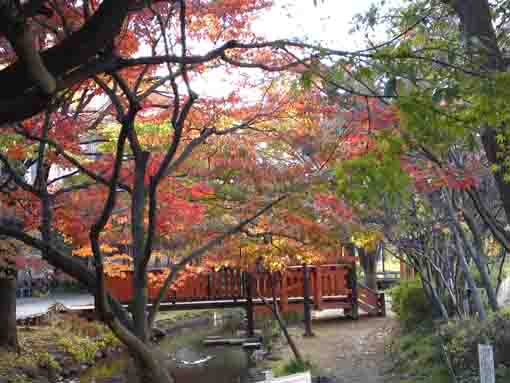
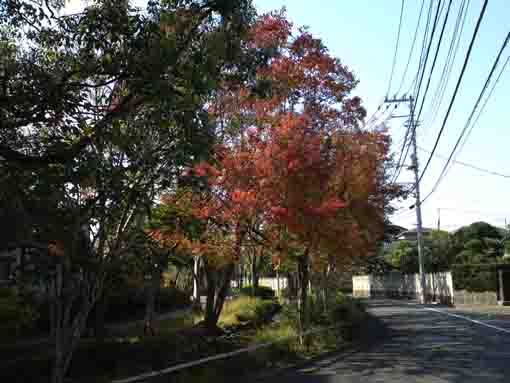
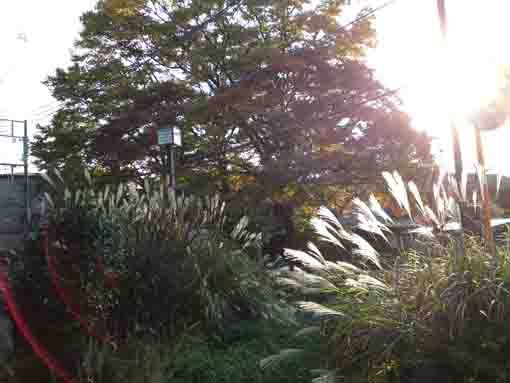

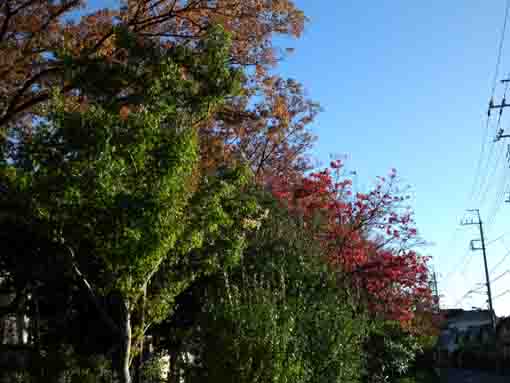
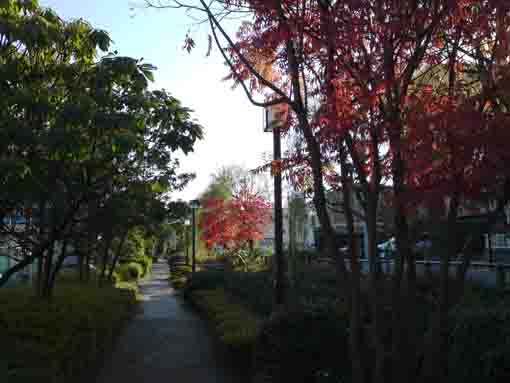
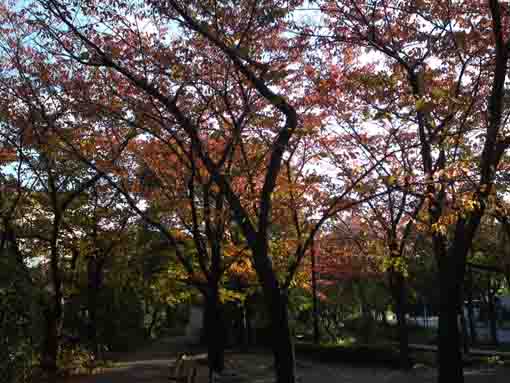
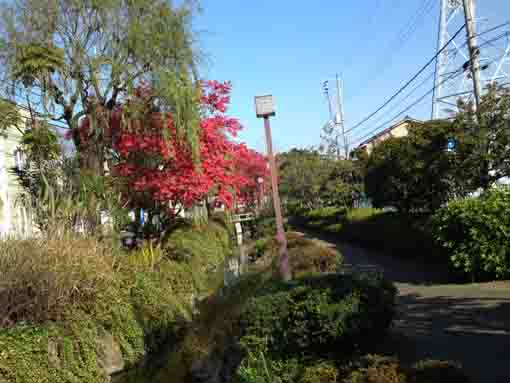
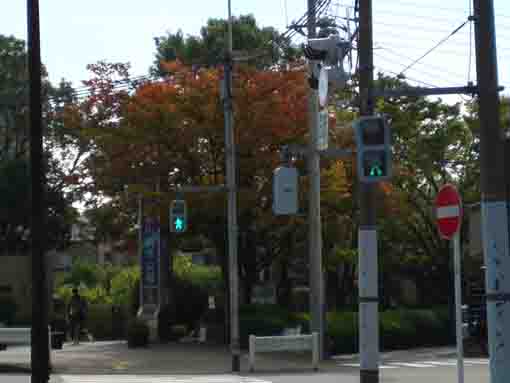
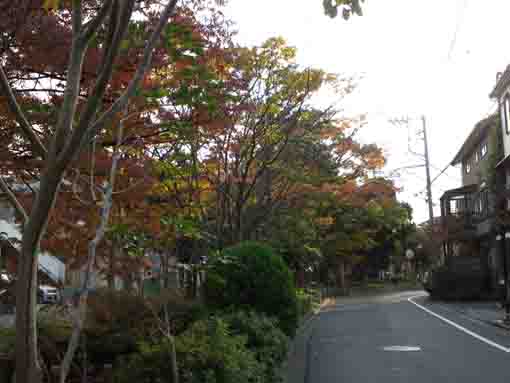
The Rails of Joto Densha (Joto Electric Train)
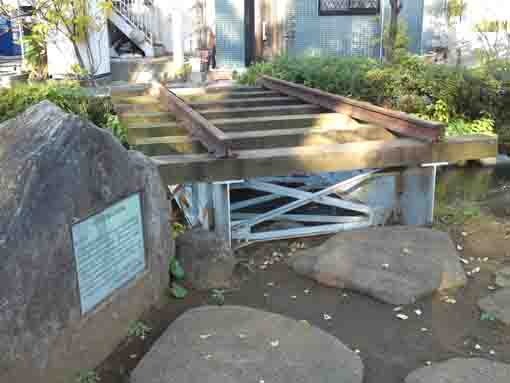
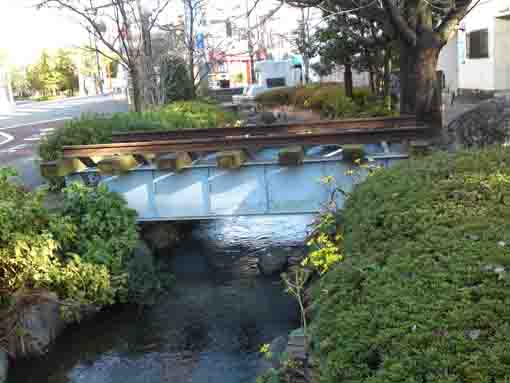
Joto Densha (Joto Electric Train)
Joto Electric Train was a streetcar, the building this line from Kinshicho to Kami Imai was registered in March 1911 and the line from Kinshibori to Komatsugawa was built in December 1917, from Suijinmori to Ojima was in January 1921 and from Higashi Arakawa to Imaigashi was in December 1925, then a line was added from Komatsugawa to Nishi Arakawa in March 1926 and a bus system connected between Higashi Arakwa and Nishi Arakawa Station.Since 1942, Tokyo Metropolis had administrated the streetcar system and it had been named 'Toden' by the law registered the next year. In 1952, the line from Higashi Arakawa to Imaibashi was discontinued, then trolley bus system first ran from Ueno to Imai instead of the streetcars, and now bus system has run this since 1968.
April 2000
Edogawaku
一之江境川親水公園内線路脇案内板より
引用、抜粋並びに参考
一之江境川親水公園内線路脇案内板
江戸川区ホームページ
The Landmarks along Ichinoe Sakaigawa Water Park
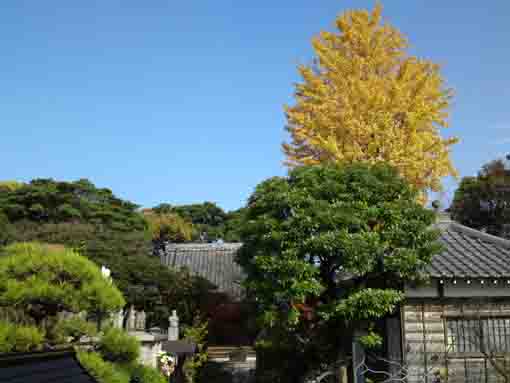
Iousan Mouonji Temple
It is famous for having miracle power to cure eye diseases.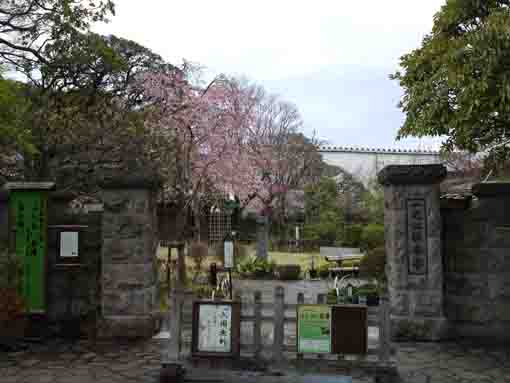
Ichinoe Makkotei Residence
The garden is very beautuful with weeping cherry blossoms.The Location and Access to Ichinoe Sakaigawa Water Park
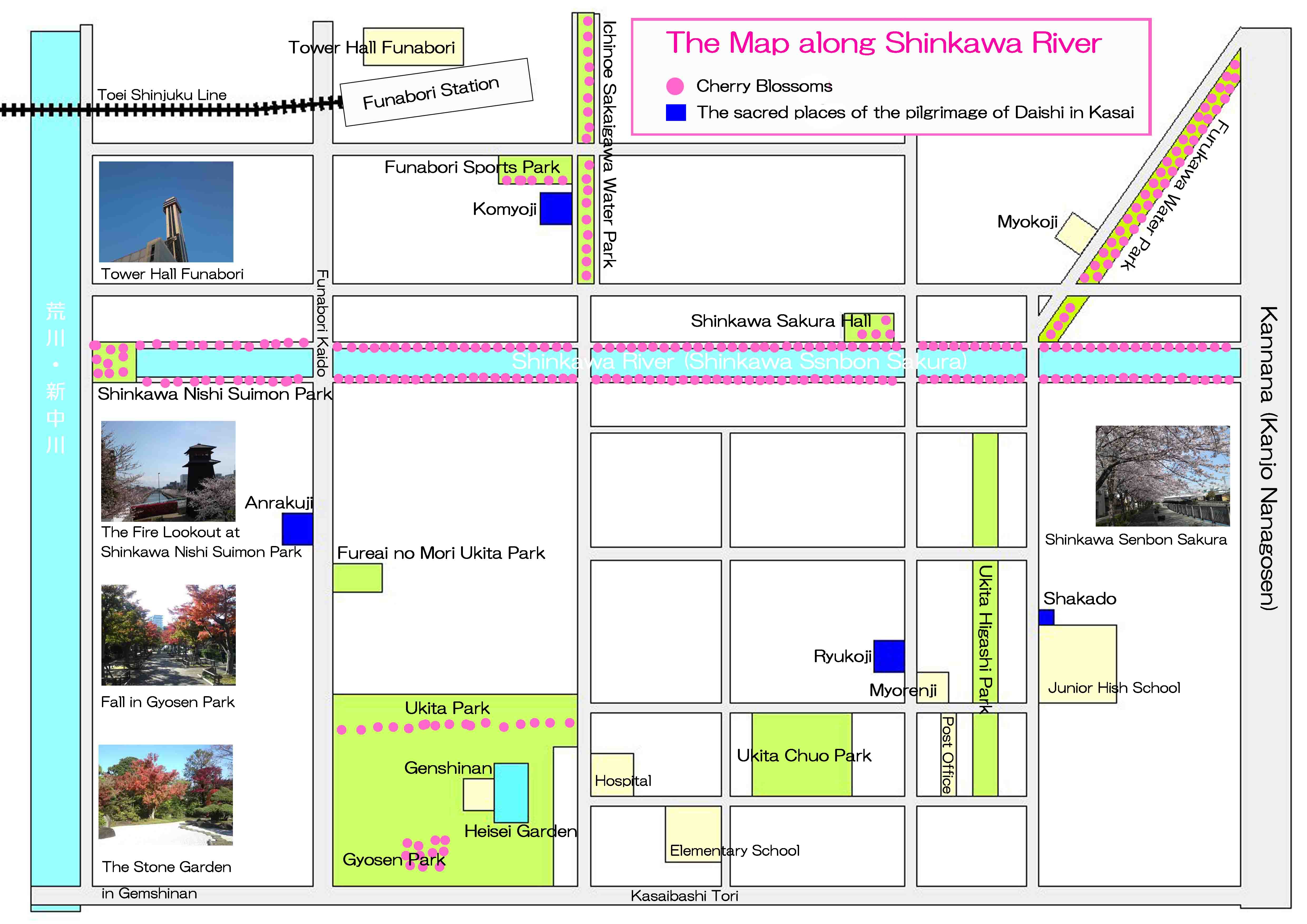
The Map near Ichinoe Sakaigawa Water Park
The Map along Shinkawa River and Shinkawa Senbon Sakura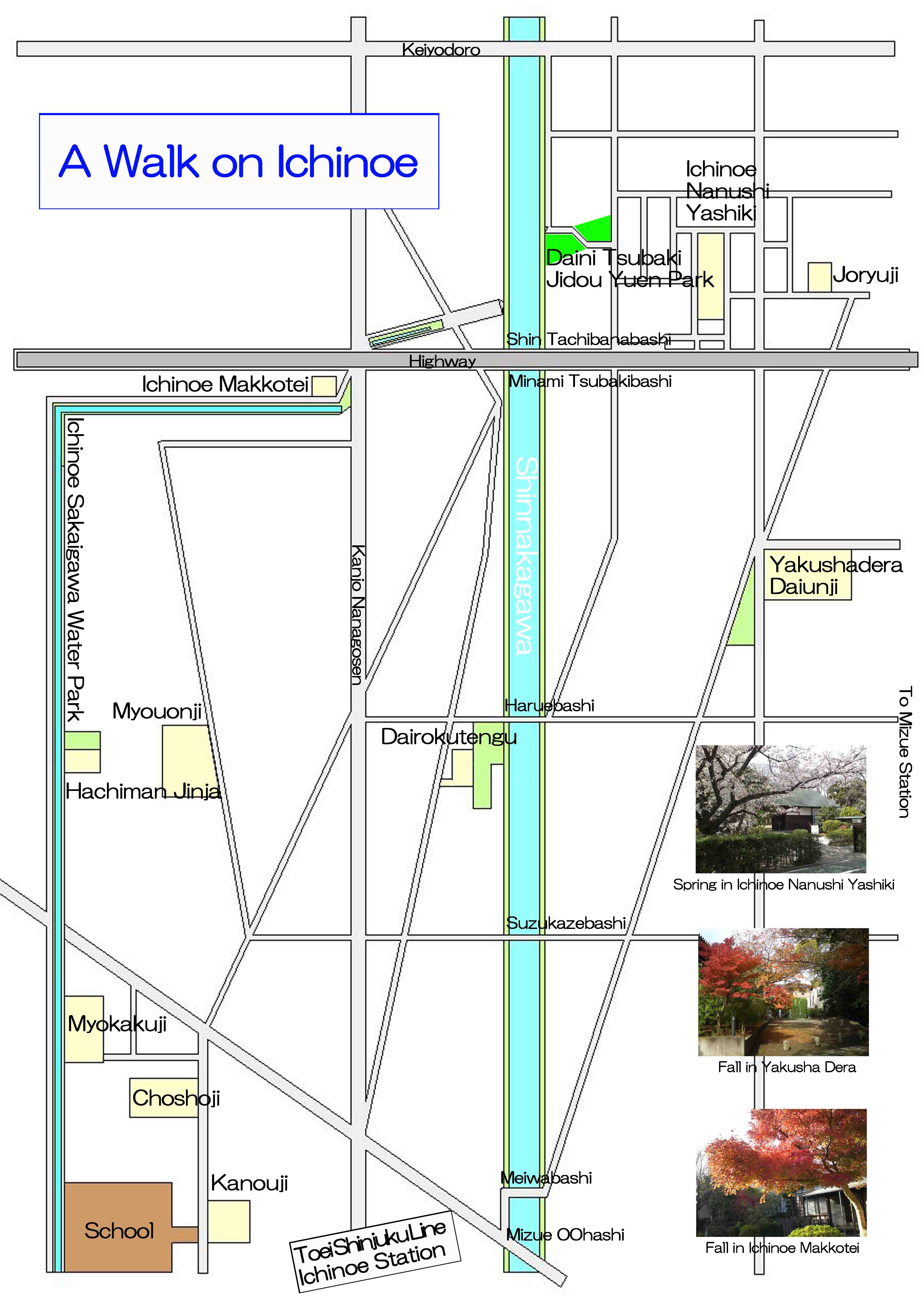
The map to the noted spots near Ichinoe Station
PDF of the map to the noted spots near Ichinoe StationIchinoe Sakaigawa Water Park
- Ichinoe Sakaigawa Water Park has great accessibilities from both Narita and Haneda International Airport.
- From Narita International Airport, take Sobu Express Line bound to Tokyo or Yokosuka and get off at Funabashi Sta, then transfer the line to Sobu line bound to Nakano or Mitaka ang get off at Motoyawata Sta. Or take Keisei-line bound to Ueno and get off Keisei Yawata Sta. Both from Motoyawata Sta and Keisei Yawata Sta, transfer the line to Toei Shinjuku line and get off at Ichinoe Sta or Funabori Sta.
- From Haneda International Airport, take Keikyu-line bound to Narita, and get off Shinagawa Sta and transfer the line to Sobu Express line bound to Narita International Airport or Chiba, and transfer the line at Ichikawa Sta to Sob line bound to Nishi Funabashi, Tsudanuma or Chiba and get off at Motoyawata Sta. Or take Keikyu-line bound to Narita, and get off Keisei Yawata Sta. Both from Motoyawata Sta and Keisei Yawata Sta, transfer the line to Toei Shinjuku line and get off at Ichinoe Sta or Funabori Sta.
- From Iwamotocho Station at Akihabara, take Toei Shijuku line bound to Motoyawata and get off Ichinoe Sta or Funabori Sta.
- Take 10 minute walk from Ichinoe Sta and Funabori Sta.
The Noted Spots around Funabori, Ichinoe and Kasai
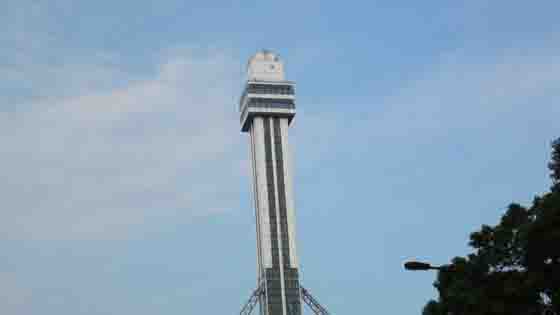
The Observatory on Tower Hall Funabori
Visitors could enjoy seeing some special views of Tokyo.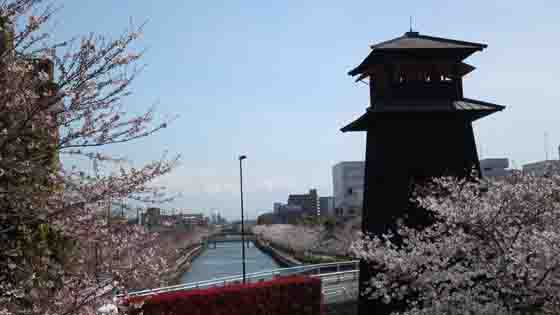
A Walk Along Shinkawa River
There are some Edo style, some wooden buildings and thousands of cherry trees along the river.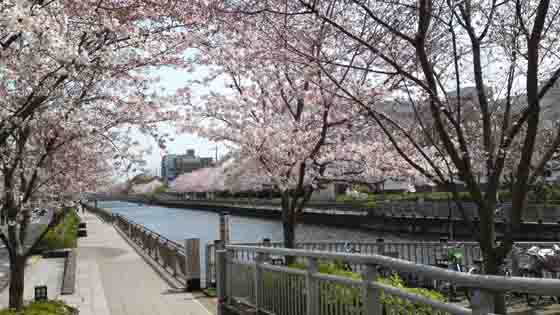
Thousands of Cherry Trees along Shinkawa River
In spring, thousands of sakura along it beautifully bloom.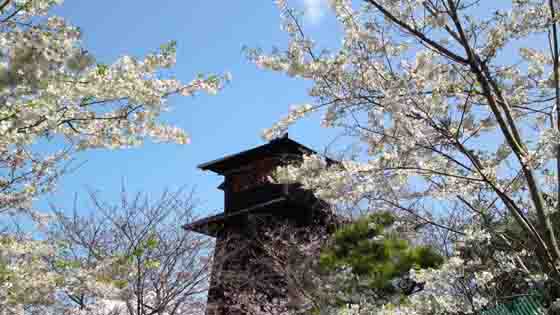
Shinkawa Nishi Suimon Hiroba Plaza
There are a Edo style fire lookout and an old lock gate in the plaza.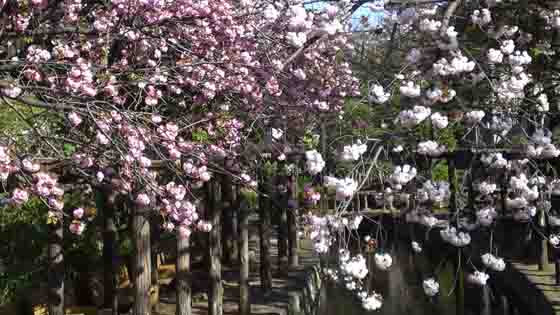
Furukawa Water Park
It is the first water park in Japan and a famous spot for viewing Sakura and hydrangeas.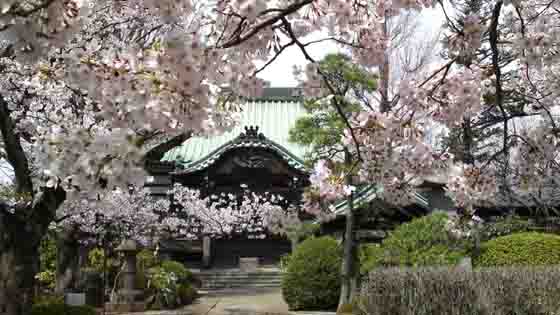
Honkakusan Myoshoji Temple
There are some seasonal flowers blooming in every season, sakura especially blooms beautifully.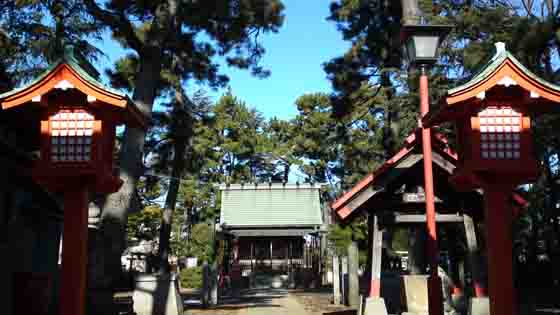
Ninoe Jinja Shrine
There are several tall pine trees and a 500 years old giant zelkova tree in the shrine.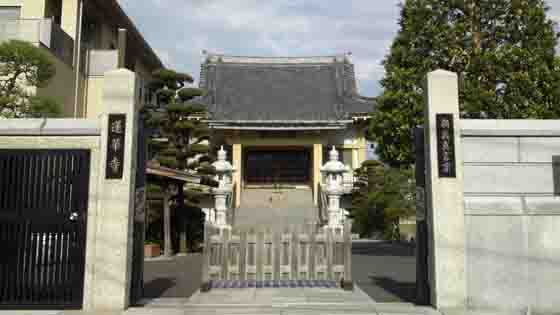
Kaishosan Rengeji Temple
The principle image is the statue of Sho Kanzeon Bosatsu carved by Gyoki.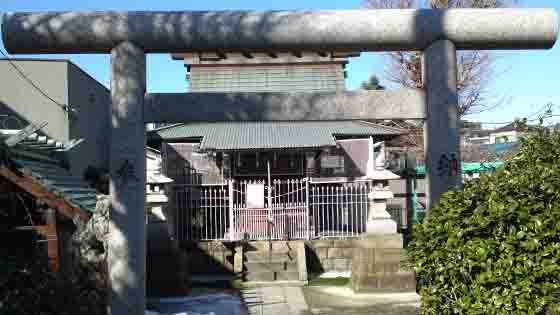
Kumano Jinja Shrine
There is a stone tablet scribing a haiku poem written by Basho Matsuo.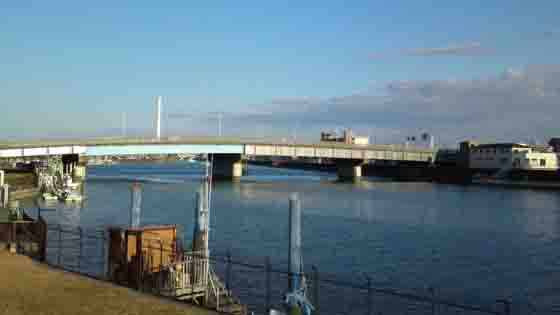
The Remain of the Ferry at Imai
The ferryport at Imai is appeared on an essey written by Socho, a renga poet in Muromachi period.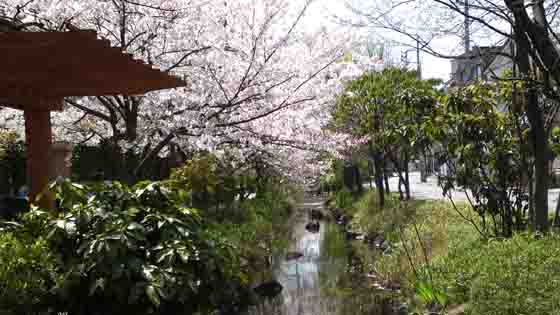
Ichinoe Sakaigawa Water Park
The park has many sakura and seasonal flowers, visitors could enjoy all seasons.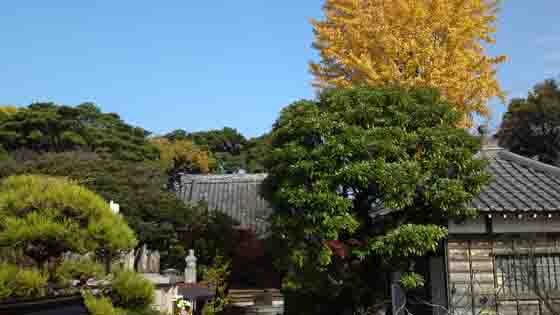
Iousan Myouonji Temple
It has the legend 'the One-eyed Crucial Carps' telling the miracle power to cure eye diseases.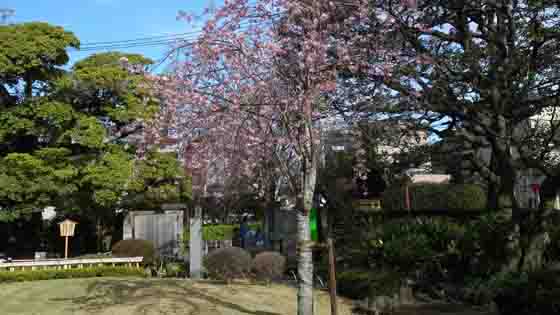
Ichinoe Makkotei Residence Park
In spring, weeping cherry trees bloom, in fall, colored leaves decorate the garden.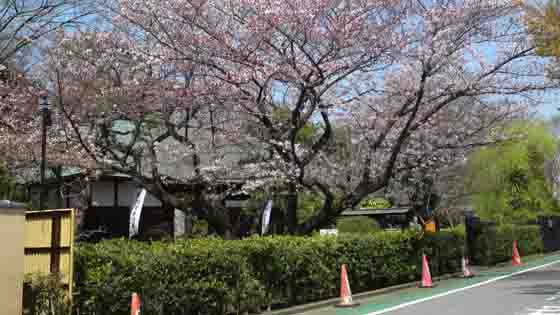
The Residence of Ichinoe Nanushi Yashiki
The traditional Japanese style residence with a thatched roof.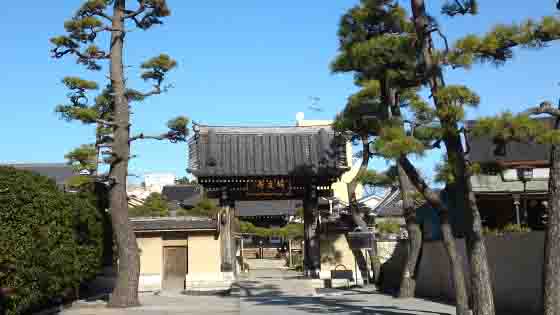
Honkosan Joryuji Temple
It is an important temple to know the history of Ichinoe area.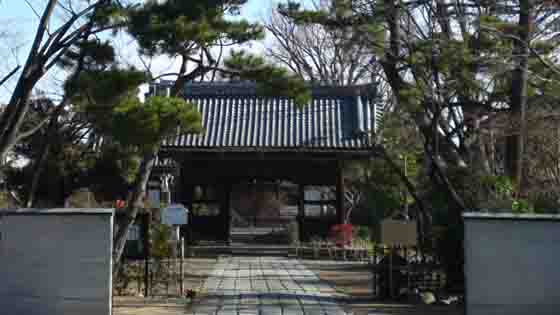
Chogyosan Daiunji Temple
It has tombs of Kabuki Yakusha and it is called Yakushadera.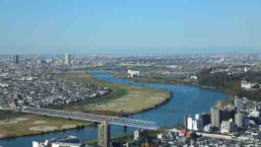
A Walk Along Edogawa River
The areas along the river have many noted spots that people could enjoy history and culture.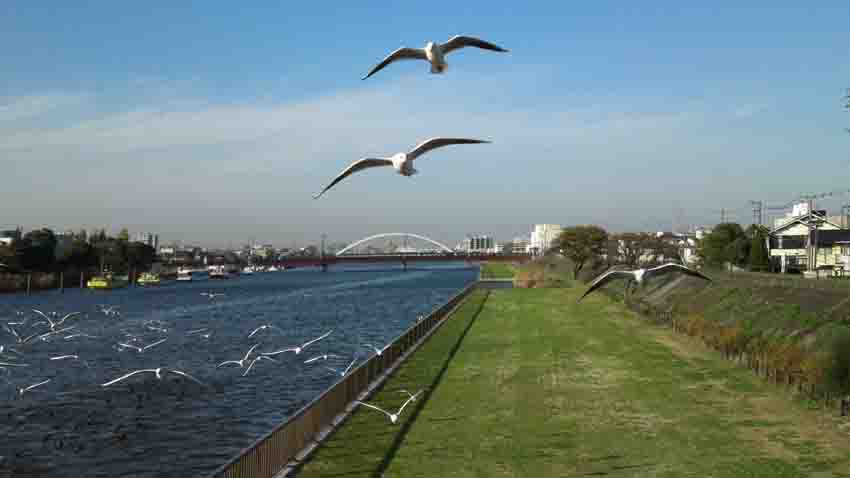
A Walk Along Shinnakagawa River
There are some historical and cultural spots along the river.- 広告 Advertisement -
